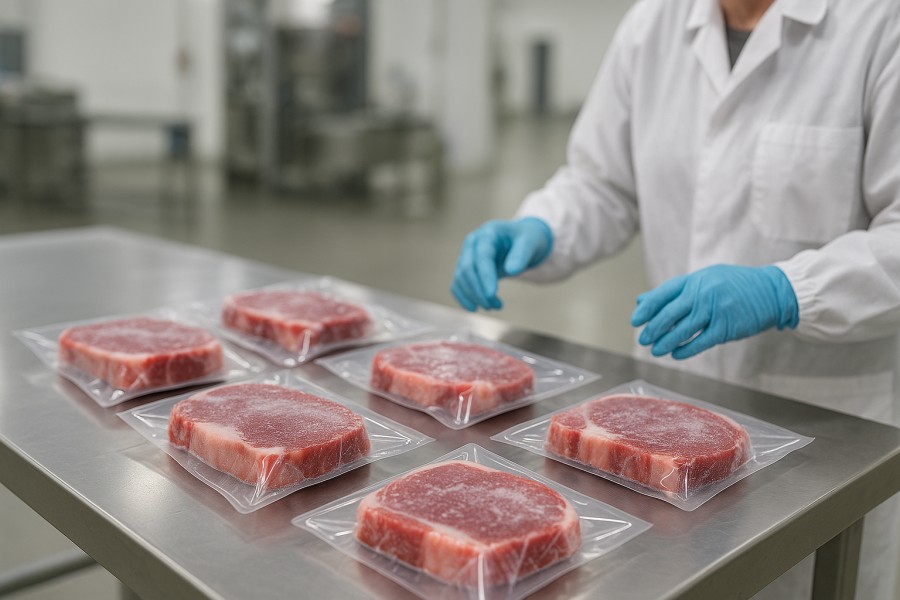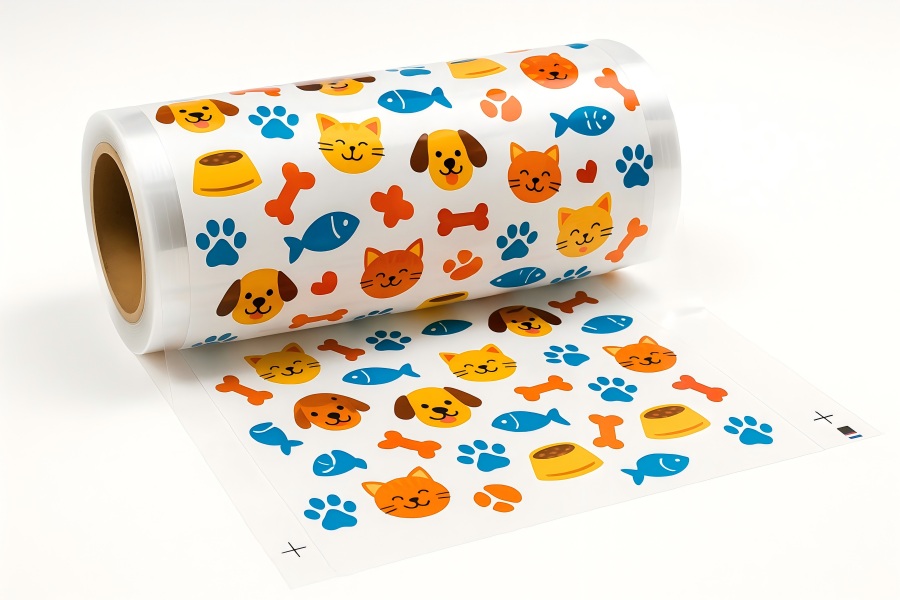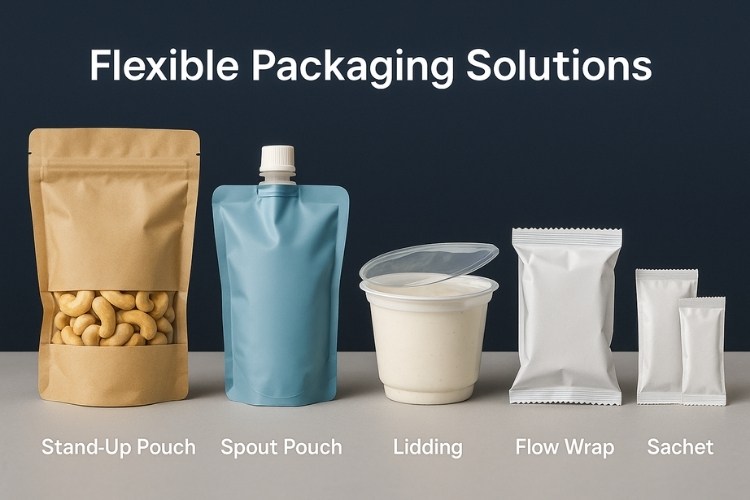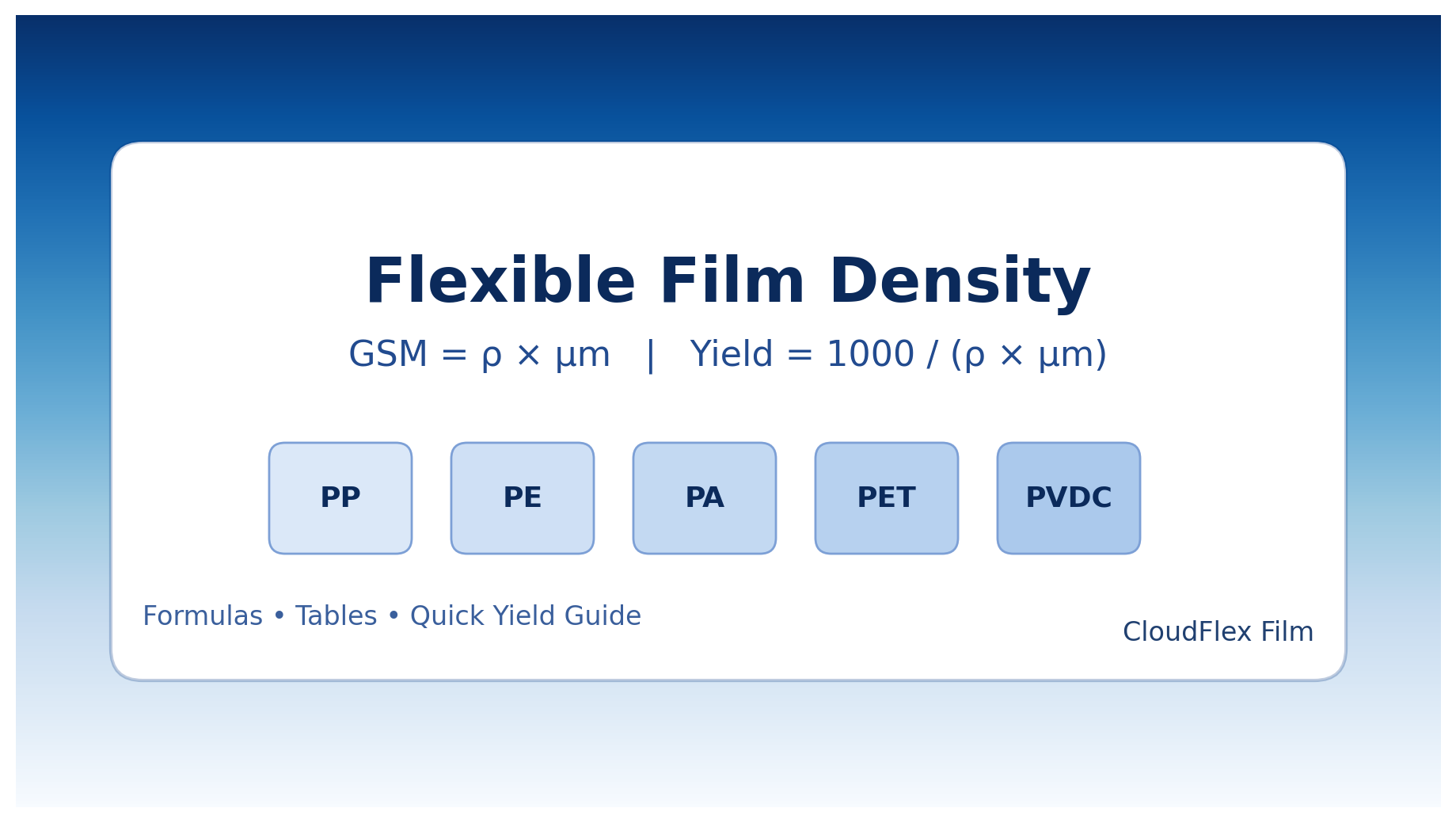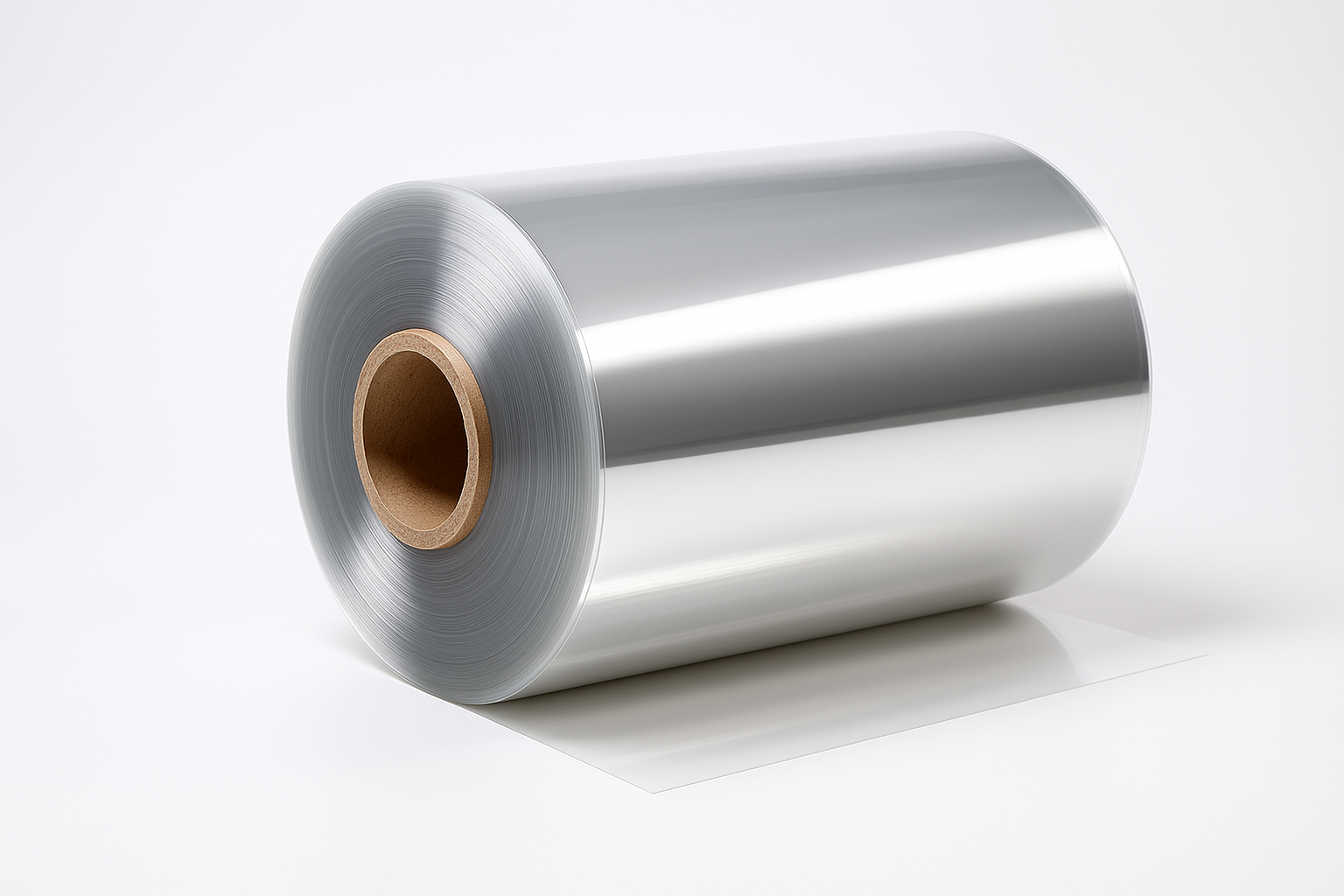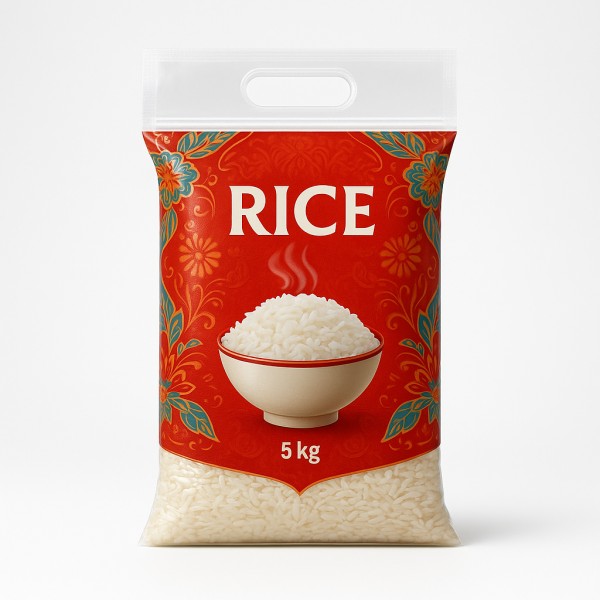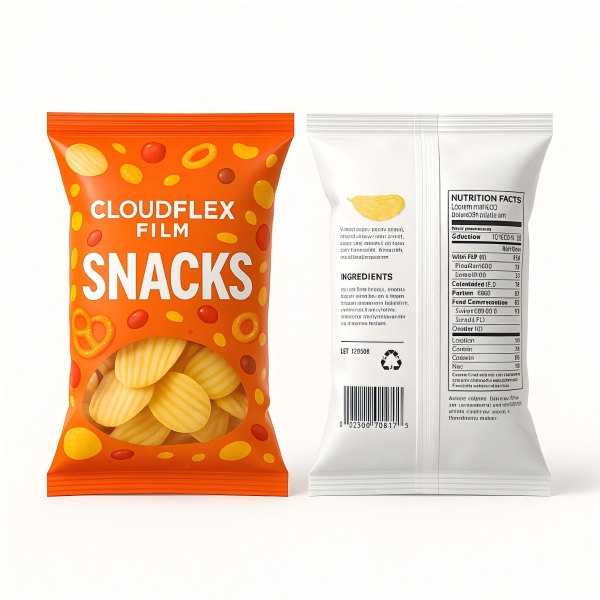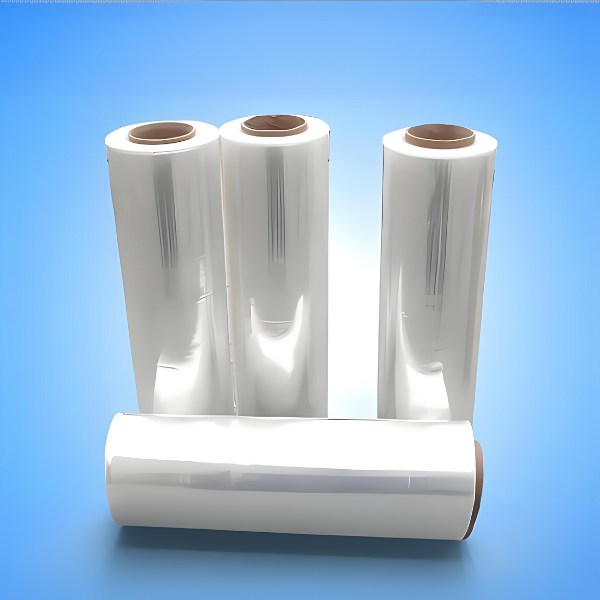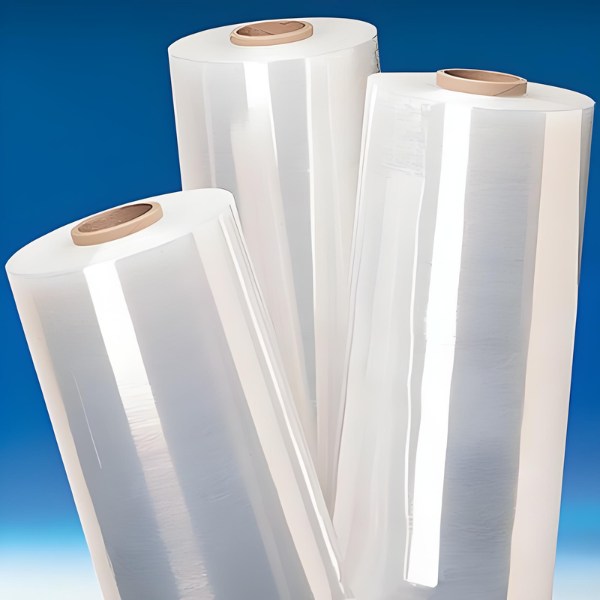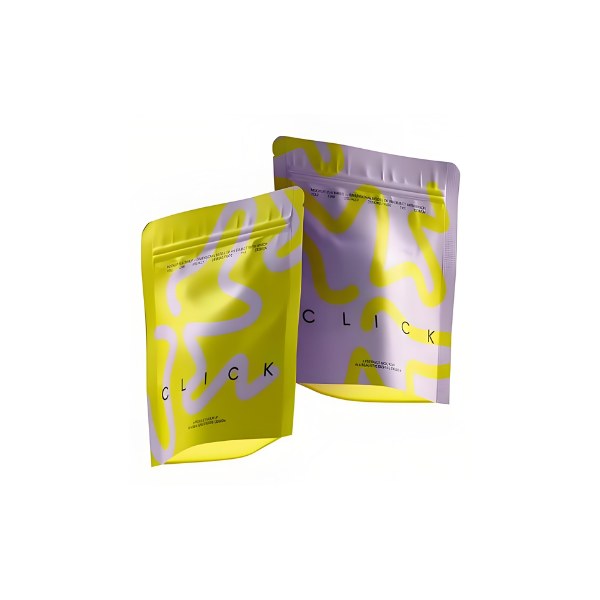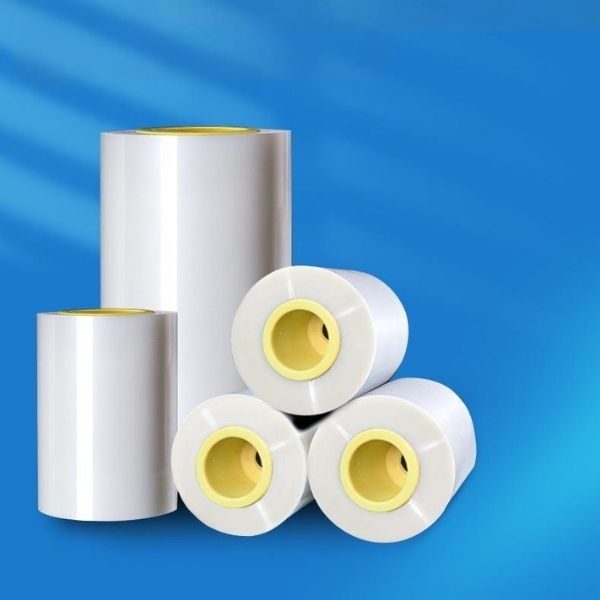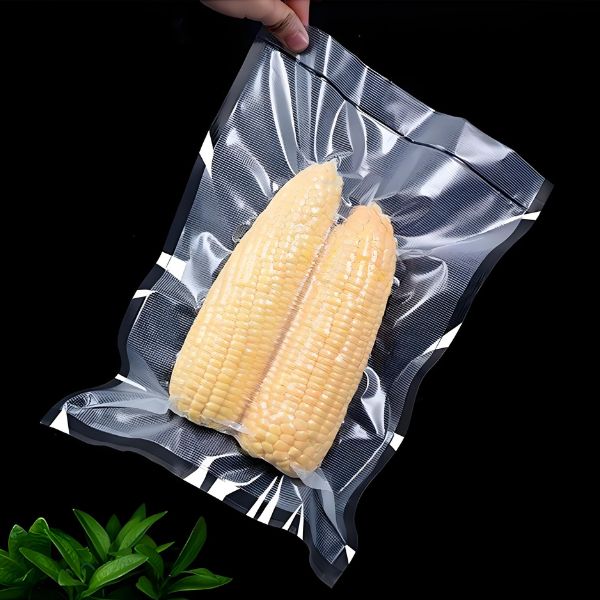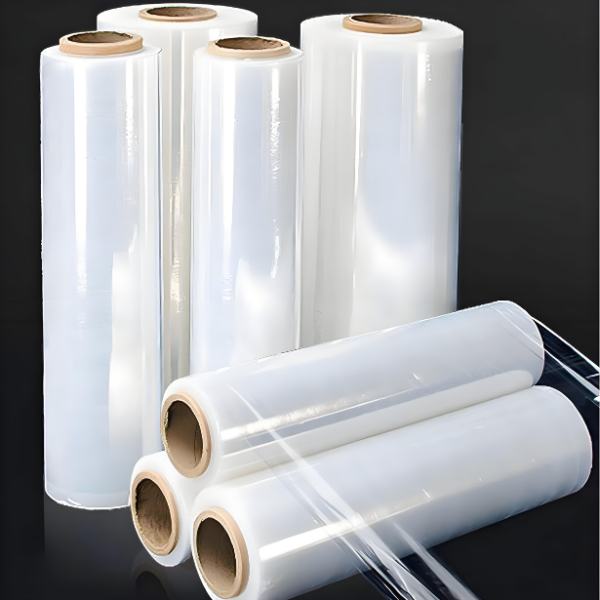Introduction: The Critical Numbers Behind PE Film Density
PE film density, typically ranging from 0.910 to 0.965 g/cm³, is the cornerstone parameter dictating everything from mechanical strength to chemical resistance in polyethylene films. At CloudFilm, we understand that selecting the right density isn’t just a technical choice—it’s a strategic decision impacting product performance, cost efficiency, and sustainability.
This comprehensive guide decodes the science behind these numbers, equipping engineers, procurement specialists, and product developers with actionable insights for optimal material selection.
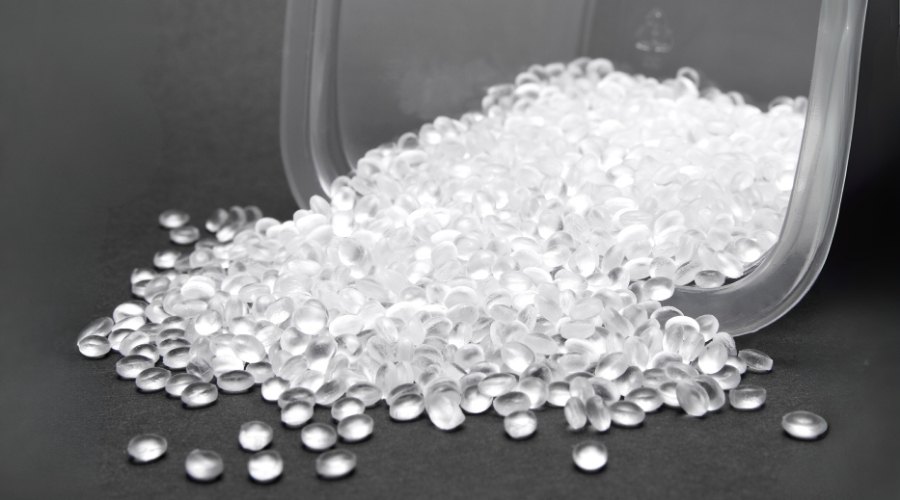
What is PE Film Density? The Science Explained
Density in polyethylene films refers to mass per unit volume (g/cm³), determined by molecular packing during polymerization and processing. Unlike metals or ceramics, PE’s semi-crystalline structure creates a direct correlation between density and crystallinity:
| Density Range (g/cm³) | Crystallinity (%) | Molecular Structure |
|---|---|---|
| 0.910–0.925 (LDPE) | 40–50% | Highly branched chains |
| 0.926–0.940 (MDPE) | 50–65% | Moderate branching |
| 0.941–0.965 (HDPE) | 70–90% | Linear, aligned chains |
Why This Matters: Higher crystallinity = tighter molecular packing = increased density. This directly governs:
- Barrier Properties (O₂/H₂O transmission rates)
- Stiffness vs. Flexibility (Young’s modulus)
- Thermal Resistance (Vicat softening point)
- Chemical Compatibility (resistance to solvents/acids)
PE Density Types: Deep Dive into Performance Trade-offs
LDPE (Low-Density Polyethylene): 0.910–0.925 g/cm³
The Flexible Workhorse
- Key Properties:
- Exceptional impact resistance (even at -40°C)
- High clarity (>90% light transmission)
- Low melting point (105–115°C)
- Processing Advantages:
- Easy blow molding/extrusion at 150–200°C
- Superior melt strength for bubble stability
- CloudFilm Applications:
- Food packaging films (bread bags, frozen food wraps)
- Bubble wrap & protective cushioning
- Agricultural greenhouse films
MDPE (Medium-Density Polyethylene): 0.926–0.940 g/cm³
The Balanced Performer
- Key Properties:
- 2–3x higher tensile strength vs. LDPE
- Improved ESCR (Environmental Stress Crack Resistance)
- Moderate clarity (75–85%)
- Processing Notes:
- Requires higher extrusion temps (180–230°C)
- Enhanced sag resistance in blown film lines
- CloudFilm Applications:
- Heavy-duty shipping sacks (25–50 kg capacity)
- Geomembranes for landfill liners
- Fuel tank layers (hydrocarbon resistance)
HDPE (High-Density Polyethylene): 0.941–0.965 g/cm³
The Rigid Specialist
- Key Properties:
- Highest stiffness (modulus: 0.8–1.4 GPa)
- Superior chemical resistance (pH 1–14)
- Low moisture vapor transmission (<1 g/m²/day)
- Processing Challenges:
- High melt temps (200–280°C)
- Narrow processing window
- CloudFilm Applications:
- Industrial drum liners (200L capacity)
- Medical sterilization pouches (autoclave-compatible)
- Anti-corrosion pipe wraps
Density vs. Performance: Quantitative Relationships
CloudFilm Lab Data: Typical Property Ranges
| Property | LDPE (0.918 g/cm³) | MDPE (0.935 g/cm³) | HDPE (0.955 g/cm³) |
|---|---|---|---|
| Tensile Strength (MPa) | 10–20 | 20–35 | 25–40 |
| Elongation at Break (%) | 500–700 | 300–600 | 100–500 |
| O₂ Transmission (cc/m²/day) | 4,000–7,000 | 1,500–3,000 | 500–1,500 |
| Haze (%) | 5–15 | 15–40 | 30–70 |
| Max. Use Temp (°C) | 80 | 90 | 110 |
Selecting the Right Density: CloudFilm’s Decision Framework

Follow this 4-step process for optimal material selection:
Step 1: Define Functional Requirements
- Mechanical Needs: “Must withstand 50kg stacking” → HDPE
- Barrier Needs: “Prevent moisture ingress for 12 months” → HDPE
- Optical Needs: “Show product visibility” → LDPE
Step 2: Assess Processing Constraints
- Equipment Limits: “Extruder max temp: 200°C” → Avoid HDPE
- Production Speed: “High-output line” → LDPE (faster cooling)
Step 3: Evaluate Regulatory Compliance
- Food Contact: FDA 21 CFR → All grades compliant
- Medical: USP Class VI → HDPE preferred
Step 4: Optimize Cost-Performance
CloudFilm Cost Index (Relative to LDPE):
- LDPE: 1.0x (Baseline)
- MDPE: 1.2–1.4x
- HDPE: 1.3–1.6x
💡 Pro Tip: For cost-sensitive applications, CloudFilm offers density-blended films (e.g., LDPE/HDPE coextrusions) achieving 80% of HDPE performance at 110% LDPE cost.
Advanced Topics: Density Control & Innovations
How CloudFilm Controls Density
Our precision manufacturing uses:
- Catalyst Selection: Metallocene catalysts for narrow density distribution (±0.002 g/cm³)
- Reactor Tuning: Gas-phase reactors for exact comonomer (butene/hexene) dosing
- Post-Processing: Annealing to optimize crystallinity
Emerging Trends
- Ultra-Low Density PE (ULDPE): 0.880–0.912 g/cm³ for extreme elasticity (stretch films)
- High-Density Copolymers: 0.940–0.950 g/cm³ with enhanced ESCR (automotive fuel lines)
- Recycled Content Films: CloudFilm’s rPE blends maintain density specs with 30–50% PCR content
FAQs: CloudFilm Experts Answer Your Questions ❓
Q1: Can density be adjusted post-production?
No, density is fixed during polymerization. However, CloudFilm can modify surface properties via corona treatment or coatings to enhance wettability/adhesion without altering bulk density.
Q2: How does density affect recyclability?
All PE densities are recyclable in stream #2. However, mixing densities creates weak spots in recycled pellets. CloudFilm recommends mono-density films for closed-loop recycling.
Q3: What’s the density of biodegradable PE films?
True biodegradable PEs (e.g., PBAT) have densities of 1.20–1.30 g/cm³. CloudFilm’s oxo-degradable films maintain standard PE densities (0.918–0.935 g/cm³) while fragmenting under UV/heat.
Q4: How does humidity affect density measurements?
PE is hydrophobic (<0.01% water absorption), so humidity has negligible impact. CloudFilm uses ASTM D1505 (density gradient column) in climate-controlled labs (23°C/50% RH).
Q5: What’s the lowest density PE available commercially?
ULDPE (0.880 g/cm³) offers 700% elongation but has limited thermal stability. For most applications, CloudFilm recommends 0.912 g/cm³ as the practical minimum.
Conclusion: Partner with CloudFilm for Density-Optimized Solution

Understanding PE film density—from the 0.910 g/cm³ flexibility of LDPE to the 0.965 g/cm³ robustness of HDPE—empowers smarter material decisions. At CloudFilm, we combine 30+ years of polymer science with state-of-the-art manufacturing to deliver films precisely engineered for your performance requirements.
Ready to Optimize Your PE Film Performance?
✅ Request Free Samples: Test density-specific films in your application
✅ Technical Consultation: Our engineers will analyze your specs
✅ Custom Formulations: Tailored density/additive packages


